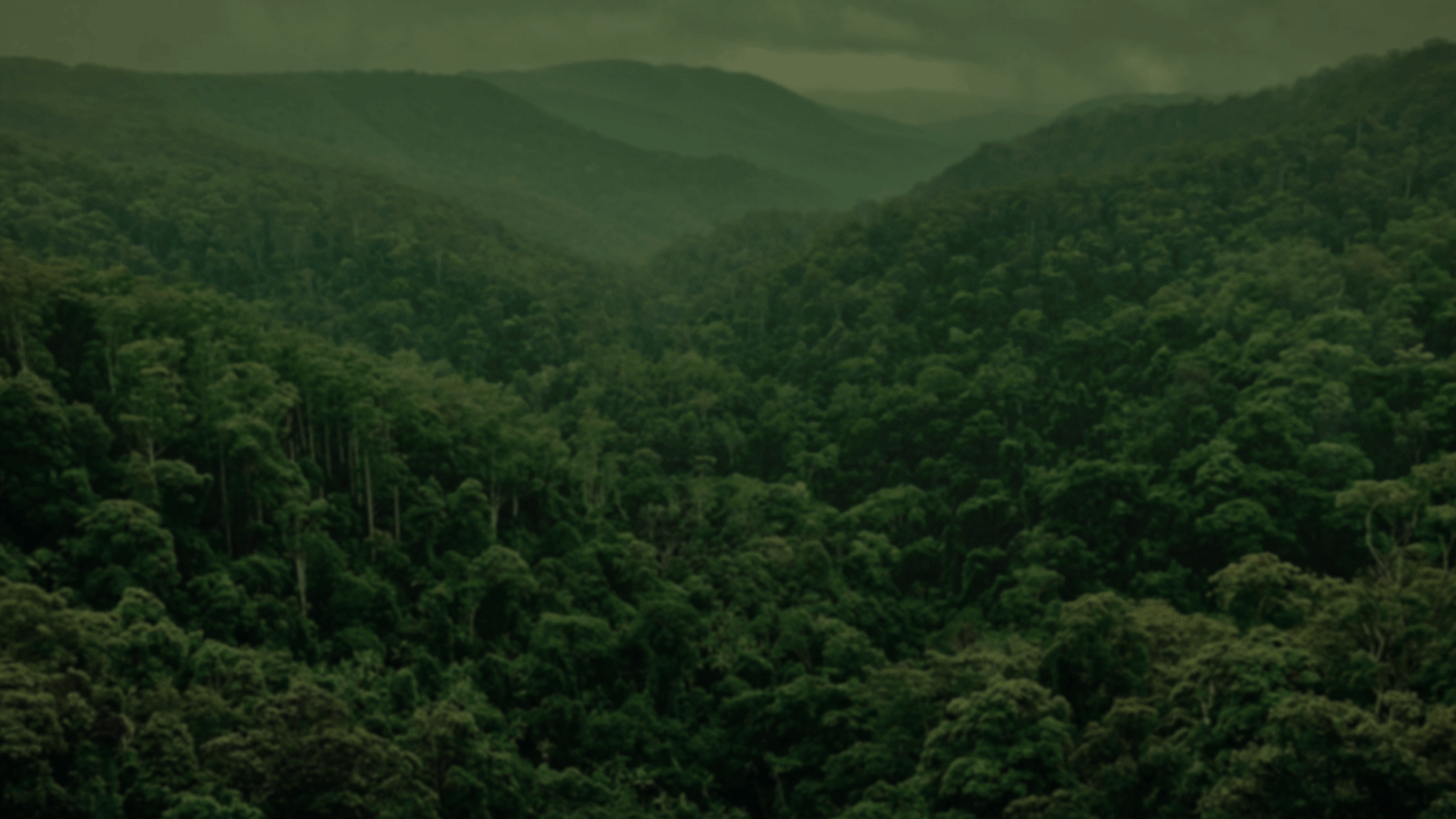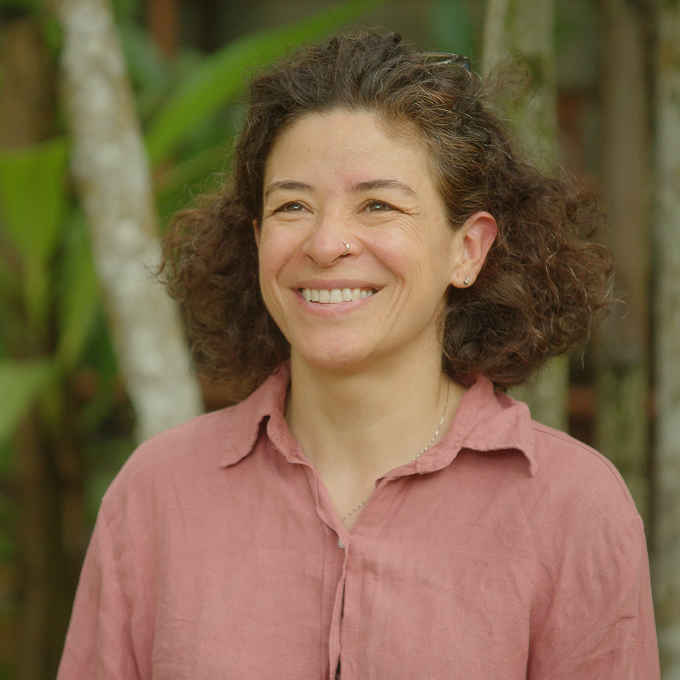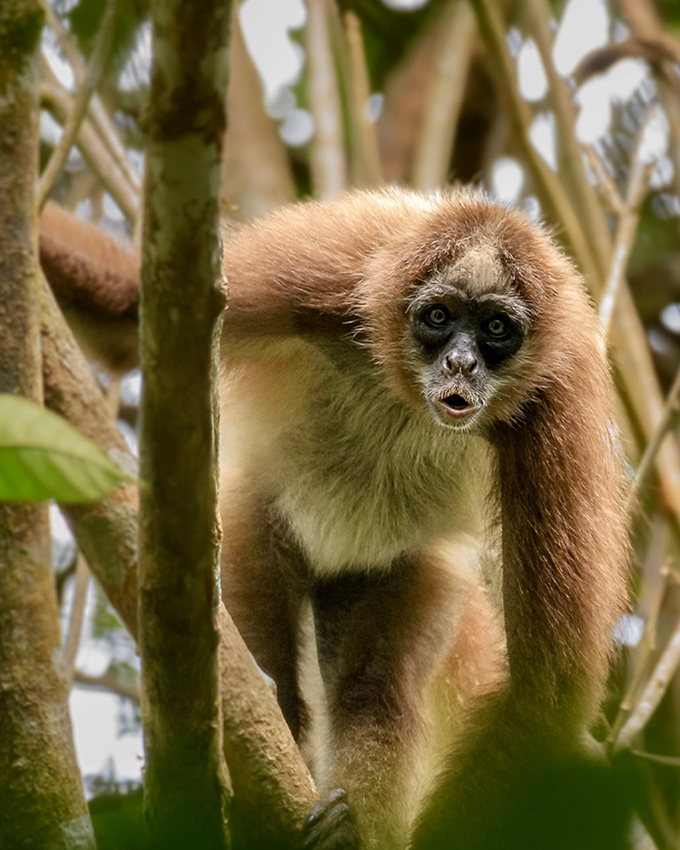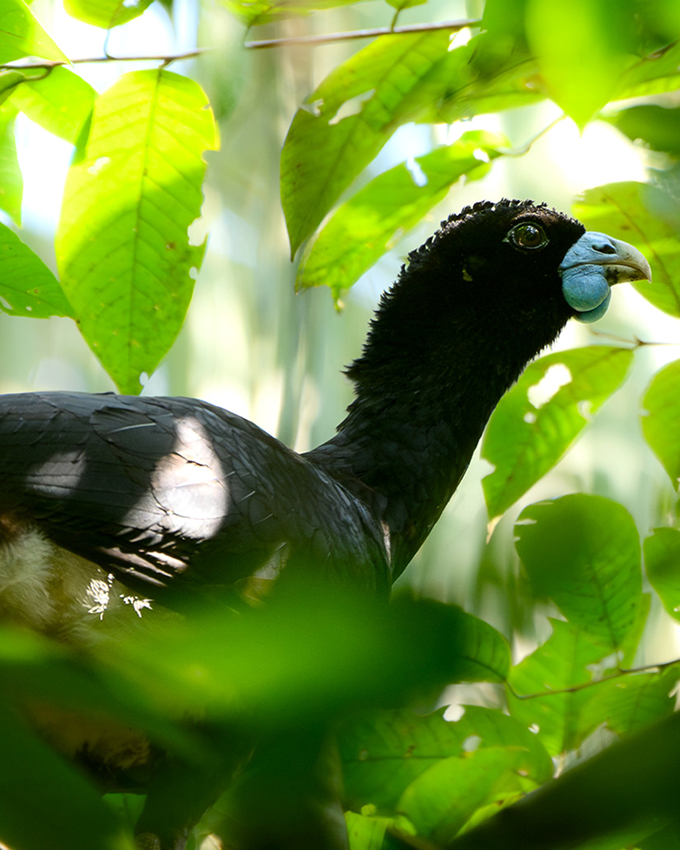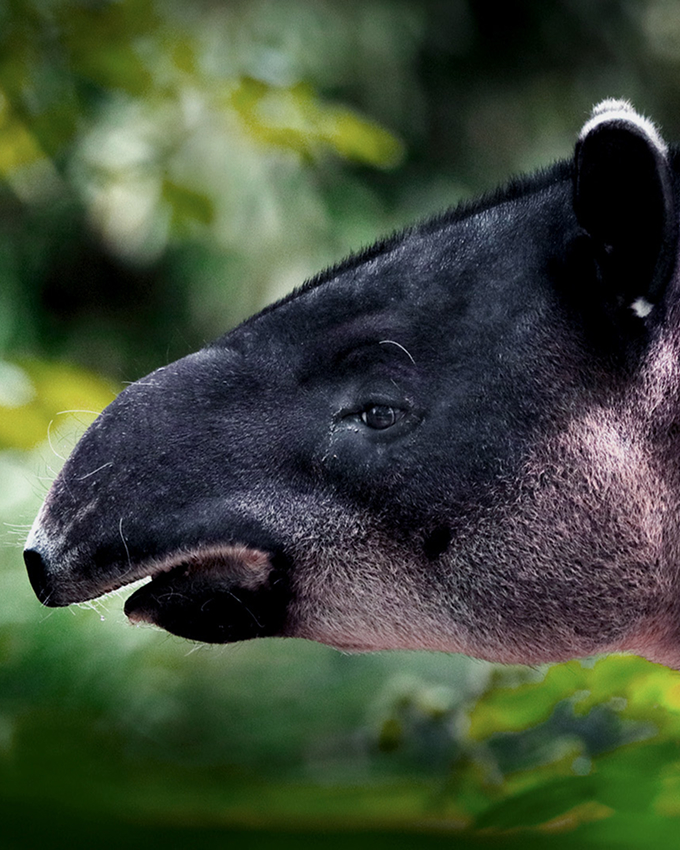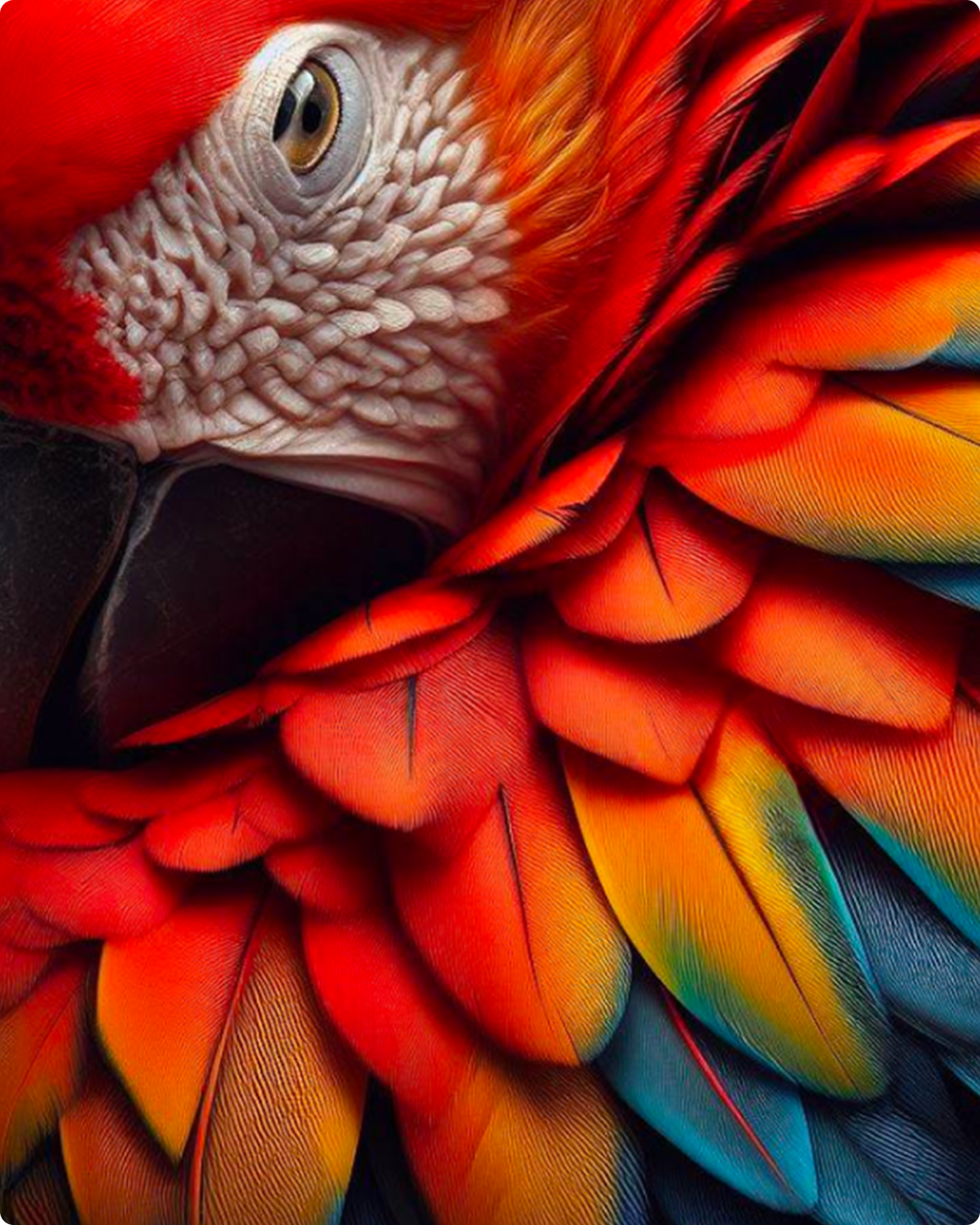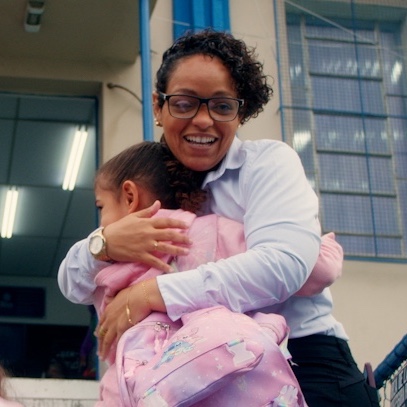Guardians for the planet
In northern central Colombia, Middle Magdalena Valley (MMV) is home to some of the world’s most remarkable biodiversity.
Stretching between the central and eastern Andes mountains, this valley is crucial to the health of our planet. But the region—full of forests, wetlands, and floodplains—is facing challenges. Deforestation and other human activities are threatening its unique ecosystems, many of which exist nowhere else on Earth. Colombia is the second-most biodiverse country in the world, and the MMV has more than 630 bird, 120 reptile, 120 fish, 50 amphibian, 50 mammal, and 4,000 vascular plant species. It’s also a wintering ground for many North American migratory bird species.

From the forest floor to the highest treetop, solar-powered cameras and microphones are using AI to monitor and save endangered ecosystems.
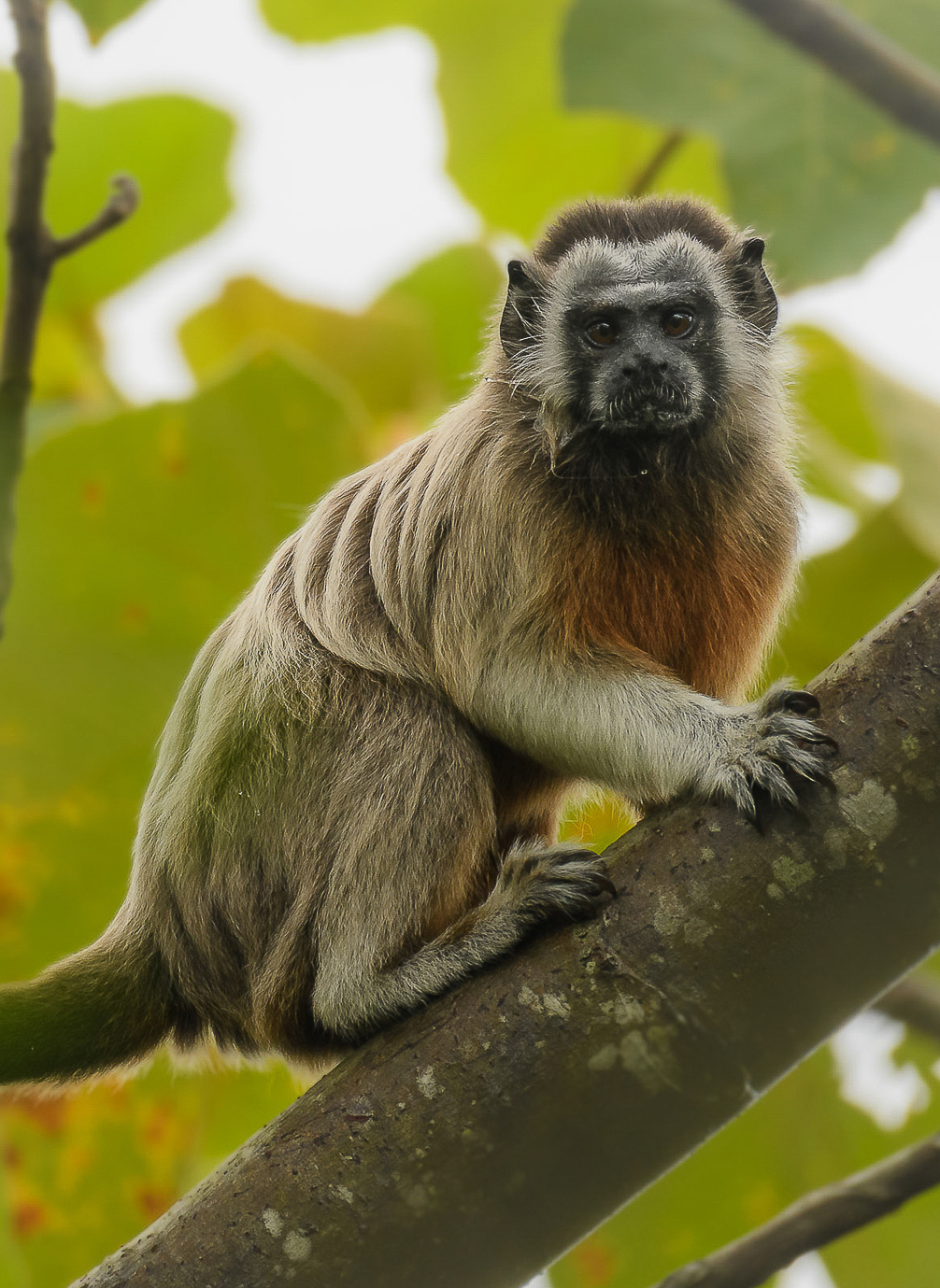
Photo: Santiago Rosado
El Silencio Natural Reserve and Research Station, located within MMV in Colombia, serves as the operational center for Fundación Biodiversa Colombia, a nonprofit organization dedicated to preserving Colombia’s biological and cultural heritage. At the research station, or base camp, a team of biologists works inside a towering open air cabin composed of raw wood and screens—constantly observing and monitoring wildlife actively and passively. A group of rangers handles the active monitoring, which includes maintenance and surveillance within the reserve, and a network of little camera traps and microphones serves as the passive monitoring system.
The biggest challenge with passive monitoring has been analyzing the massive amounts of data the cameras and microphones gather. Since 2010, information from El Silencio Natural Reserve has been collected every 40 days to three months—thousands of hours of recordings that require specialists to listen to and identify certain species, and it’s been impossible to analyze it all. And since many of the cameras and microphones are in remote locations, checking them frequently to make sure they’re working properly isn’t always possible—often causing the loss of huge chunks of data. The team has also not been able to view wildlife or listen to it in real time. If a plant grows in front of a camera, a battery dies, or an insect lodges inside a microphone, no one will realize it until months later.
“We have so much historic information we could analyze to know more about this ecosystem. We do the best we can in analyzing the data we have, but it’s really time consuming. It also requires experts to identify sounds and certain species, and that’s very complicated,” says Fernando Arbeláez, General Director, Fundación Biodiversa Colombia.
But that has changed—for the better. Because Fundación Biodiversa has become the first pilot of Project SPARROW.
Preserving and protecting biodiversity
Project SPARROW—Solar-Powered Acoustic and Remote Recording Observation Watch—is an AI-powered computing solution developed by Microsoft’s AI for Good Lab committed to preserving biodiversity through observation. Imagine the thrill of viewing nature, in the most remote corners of the planet, through a network of little cameras and microphones reporting in real time. These tools, paired with AI, allow for live detection of wildlife and threats, enabling faster, more informed conservation responses.
At base camp, the Fundacion Biodiversa team is using SPARROW to collect biodiversity data from camera traps, acoustic monitors, and other environmental detectors that are solar-powered and equipped with advanced sensors. This data is processed using Microsoft’s most advanced PyTorch-based wildlife AI models running on low-energy edge GPUs. Then, the data is transmitted via low-Earth orbit satellites directly to the cloud, allowing researchers to access fresh, actionable insights no matter where they are. This satellite connectivity is crucial to researchers who would otherwise need to physically retrieve data in remote locations.
The most exciting thing about Project SPARROW is the chance to have all the information in real time. If I’m sitting here at the Reserve or in my house in Bogota, or literally anywhere, we can see what’s happening at the reserve, and that’s very useful.
Elevating observation
“What I love about my job is that they take me up into the canopy and I can see Colombia from a new perspective. I love that we are doing a job that’s not only scientifically deep, but also impactful.”
Susana Rodrigez-Buritica
Researcher, Humboldt Institute of Global Social Ecological Studies
Scientific superpower
“Our biggest limitation was that we only had fixed amounts of time to analyze our data. AI really brings superpowers to our scientists so they can process humongous amounts of data, and devote more time to the most critical parts of their work.”
Pablo Arbelaez
Associate Professor at Universidad de los Andes Center for AI
Sustainable innovation
“SPARROW is solar-powered and can operate in the field without needing to be maintained. The innovation is that we can communicate back to the Azure cloud using a satellite.”
Juan Lavista Ferres
Chief Data Scientist, Microsoft AI for Good Lab
Image carousel
SPARROW also uses AI to identify species through automatic classification. Since animals like zebras and giraffes have different patterns, like fingerprints, AI can even re-identify the same animals, helping researchers measure survival rates and populations. And, to keep these animals and their habitats safe, SPARROW is able to see threats like the start of a wildfire, alerting conservationists to potential danger before it gets out of control.
A critical element of this work is measurement—understanding whether efforts are achieving the intended impact and pinpointing where improvements are needed. To restore habitats, safeguard endangered species, and ensure the long-term health of biodiversity, accurate insights into the environment and the creatures that inhabit it must be measured. And now, that data is available faster than ever before.
Every day, researchers are getting data from SPARROW, changing the whole pipeline of information.
Instead of spending countless hours analyzing and organizing, researchers have passed that task over to AI, giving them more time to understand what’s happening in nature, good or bad. Efforts to save and protect endangered species like the variegated spider monkey, the leaf frog, and the blue-billed curassow are being amplified through a combination of cutting-edge technology and deep community engagement.
Fundación Biodiversa Colombia also empowers local communities through education, employment, and sustainable development programs—ensuring that conservation not only protects species, but also preserves the cultural and ecological fabric of the region.
Eyes and ears in the rainforest
Southeast of the Magdalena River spans the misty canopy of the Amazon rainforest, another endangered South American ecosystem. Here, researchers with the Project Guacamaya team are also using camera traps and bioacoustics to monitor the lush biodiversity, but they have encountered many of the same problems the Fundación Biodiversa Colombia team has.
From 2022 to 2023, the Amazon lost approximately 3 million hectares to deforestation, an average of 10,000 acres per day, according to the Monitoring of the Andean Amazon Project. Satellite imagery, camera traps, and bioacoustics are now monitoring the millions of species within this complex ecosystem to help reverse and prevent damage.
More than 18,000 wildlife researchers and organizations worldwide—including Project Guacamaya partners—rely on powerful AI models to help analyze the vast amounts of data they collect. Guacamaya is a Microsoft AI for Good Lab project deployed in partnership with conservation organizations like the Humboldt Institute and the SINCHI Institute dedicated to protecting the Amazon rainforest. 10% of the Amazon is located within Colombia, and advances in AI are helping fight deforestation, improve the climate, and keep this lush biological environment safe from harm.
